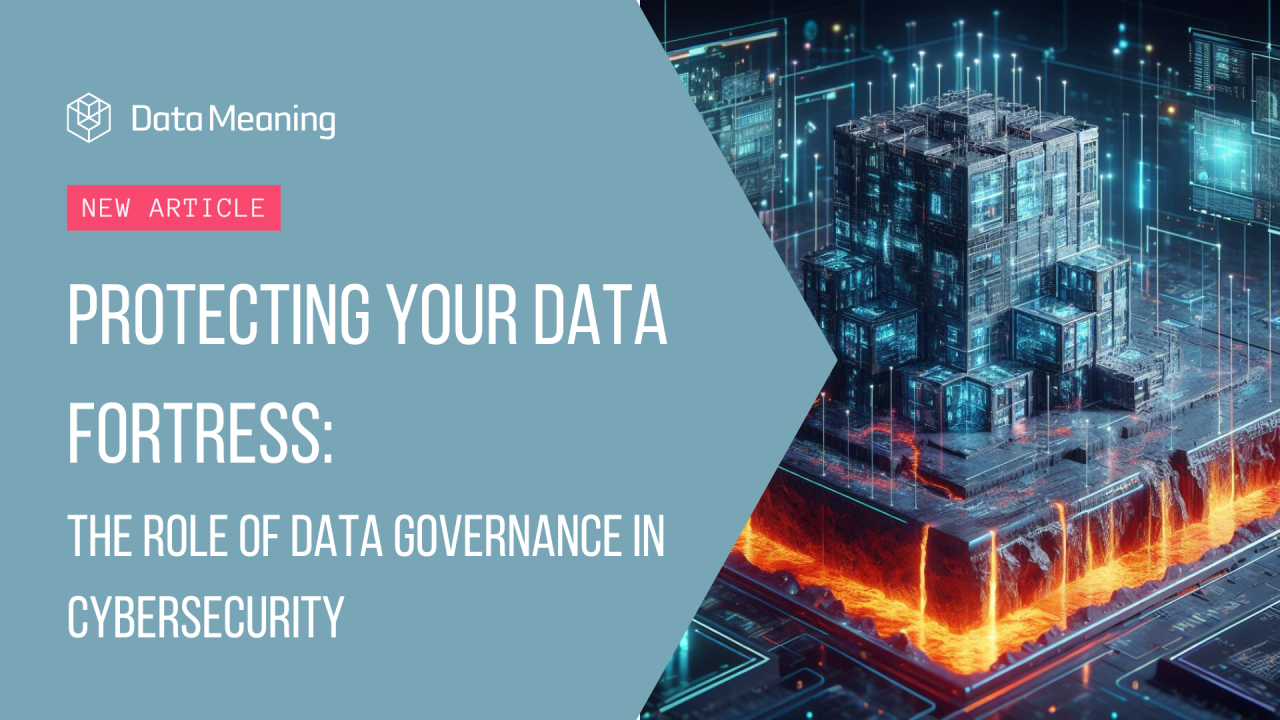Contents
Key Components of DataFortress
- Encryption: Implementing strong encryption protocols ensures that even if unauthorized parties gain access to the data, it remains indecipherable without the proper decryption keys.
- Access Controls: Strict access controls limit who can access sensitive data. Role-based access ensures that individuals have only the permissions necessary for their specific roles within an organization.
- Regular Audits and Monitoring: Continuous monitoring and periodic audits help identify anomalies and potential security breaches. Proactive measures can be taken to address vulnerabilities before they are exploited.
- Data Backup and Recovery: Regular backups are a crucial aspect of data security. In the event of data loss or a cyberattack, having a robust backup and recovery system in place ensures minimal downtime and data restoration.
- Employee Training and Awareness: Human error is a common cause of security breaches. Training employees on best practices for data security and raising awareness about potential threats are integral to the success of DataFortress.
- Incident Response Plan: Having a well-defined incident response plan in place ensures a swift and effective response to security incidents. This minimizes the impact of a breach and aids in the recovery process.

Implementing DataFortress in Your Organization
Implementing DataFortress requires a strategic and coordinated effort across an organization. Here are steps to consider:
- Assessment of Data Assets: Identify and classify all data assets based on their sensitivity and criticality to the organization. This helps prioritize security measures.
- Risk Assessment: Conduct a thorough risk assessment to identify potential vulnerabilities and threats. This forms the basis for developing a targeted and effective security strategy.
- Compliance with Regulations: Ensure that your data security measures comply with relevant regulations and industry standards. Compliance not only mitigates legal risks but also establishes a baseline for robust security practices.
- Technology Integration: Deploy cutting-edge security technologies such as firewalls, intrusion detection systems, and antivirus software. Regularly update and patch these systems to stay ahead of emerging threats.
- Employee Training Programs: Educate employees about the importance of data security and train them on best practices. Human vigilance is a critical component of a successful DataFortress strategy.
- Collaboration with Stakeholders: Engage with key stakeholders, including IT teams, management, and end-users, to foster a culture of security awareness and collaboration.
The Future of DataFortress
As technology continues to advance, so do the challenges and threats to data security. The future of DataFortress will likely see the integration of artificial intelligence and machine learning for predictive analytics, automated threat detection, and adaptive security measures. Additionally, decentralized technologies like blockchain may play a significant role in enhancing the resilience and transparency of data security frameworks.
Conclusion
DataFortress is not a one-size-fits-all solution but a dynamic and evolving strategy to protect your organization’s most valuable asset – data. By integrating advanced technologies, implementing robust policies, and fostering a culture of security, organizations can build an impenetrable fortress around their data assets, ensuring resilience in the face of ever-evolving cyber threats. In the digital age, the ability to safeguard data is not just a necessity; it’s a strategic imperative for success and longevity.
